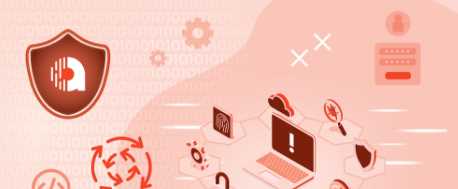In an era where data breaches and privacy concerns are rampant, securing user data in web applications is of utmost importance. As developers, it is our responsibility to implement robust security measures to protect sensitive user information. In this blog post, we will discuss the best practices for securing user data in web applications, ensuring the confidentiality, integrity, and availability of user information.
Use Secure Authentication and Authorization Mechanisms
To ensure that only authorized users have access to sensitive data, put strong authentication and authorization processes in place. Protect user credentials by using secure password storage techniques like salting and hashing. To increase security, think about adding multi-factor authentication (MFA). Apply fine-grained access controls to restrict user access based on their roles and permissions.
Employ Encryption for Data in Transit and at Rest
Encrypting data in transit and at rest is essential for safeguarding user information. Utilize secure communication protocols such as HTTPS/TLS to encrypt data transmitted between the web application and the user's browser. Implement SSL/TLS certificates to establish secure connections. Additionally, encrypt sensitive data stored in databases or other storage systems to prevent unauthorized access in case of a breach.
Implement Input Validation and Sanitization
Implement strict input validation and sanitization techniques to prevent common security vulnerabilities such as cross-site scripting (XSS) and SQL injection attacks. Validate and sanitize user input on both the client-side and server-side. Utilize server-side input validation and parameterized queries to mitigate the risk of data manipulation or injection attacks.
Apply Proper Session Management
Proper session management is crucial to protect user sessions and prevent unauthorized access to user accounts. Implement secure session handling mechanisms, including session timeouts, secure session identifiers, and session regeneration upon login or privilege changes. Avoid storing sensitive user data in cookies or client-side storage, and use server-side session storage instead.
Employ Least Privilege Principle
Use the least privilege principle by only giving users the access they need to do their tasks. Limit access to sensitive data or functionality based on the user's role or need. Implement strict access controls and privilege escalation mechanisms to prevent unauthorized access or privilege abuse.
Regularly Update and Patch Dependencies
Keep your web application and its dependencies up to date by regularly applying patches and updates. Vulnerabilities in frameworks, libraries, or other components can pose a significant risk to the security of your application. Stay informed about security advisories and promptly apply patches to address any identified vulnerabilities.
Conduct Regular Security Audits and Testing
Perform regular security audits and testing to identify potential vulnerabilities or weaknesses in your web application's security measures. Conduct thorough penetration testing, vulnerability scanning, and code reviews to identify security flaws. Employ automated tools and manual testing techniques to evaluate your application's security posture and address any discovered issues promptly.
Educate Users on Security Best Practices
Empower your users by educating them about security best practices. Encourage them to use strong, unique passwords, enable two-factor authentication (2FA), and exercise caution when sharing personal information. Provide clear guidance on how to identify and report suspicious activities or phishing attempts. Promote a culture of security awareness and empower your users to protect their own data.
Conclusion
Securing user data in web applications should be a top priority for developers. By implementing secure authentication and authorization mechanisms, employing encryption, applying input validation and sanitization, managing sessions properly, following the principle of least privilege, keeping dependencies updated, conducting regular security audits, and educating users on best practices, you can significantly enhance the security of your web application. Prioritize user data security, and build trust with your users by ensuring the confidentiality, integrity, and availability of their information.




Leave Comment